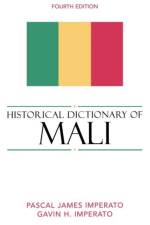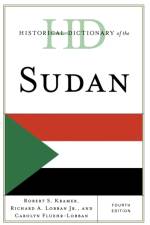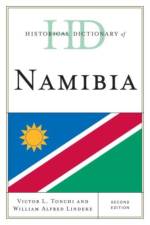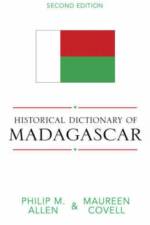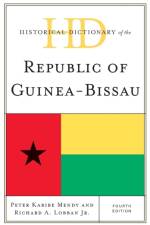av Victor L. Tonchi, William A. Lindeke & John J. Grotpeter
2 139
On March 21, 1990, Sam Nujoma was sworn in as the first president of independent Namibia. This ceremony marked the end of a struggle that lasted more than two decades and a period of colonialism that lasted more than a century. Finally, after decades long wars over grazing in the 19th century, genocidal colonial suppression by Germany at the beginning of the 20th century, repressive apartheid racialism throughout the 20th century, and a prolonged armed liberation struggle, Namibians had the chance to choose their own leaders, develop a democratic political process in a free society, and to bring economic development and greater equity to their country.The Historical Dictionary of Namibia covers the history of Namibia through a chronology, an introductory essay, appendixes, and an extensive bibliography. The dictionary section has several hundred cross-referenced entries on important personalities, politics, economy, foreign relations, religion, and culture. This book is an excellent access point for students, researchers, and anyone wanting to know more about Namibia.

